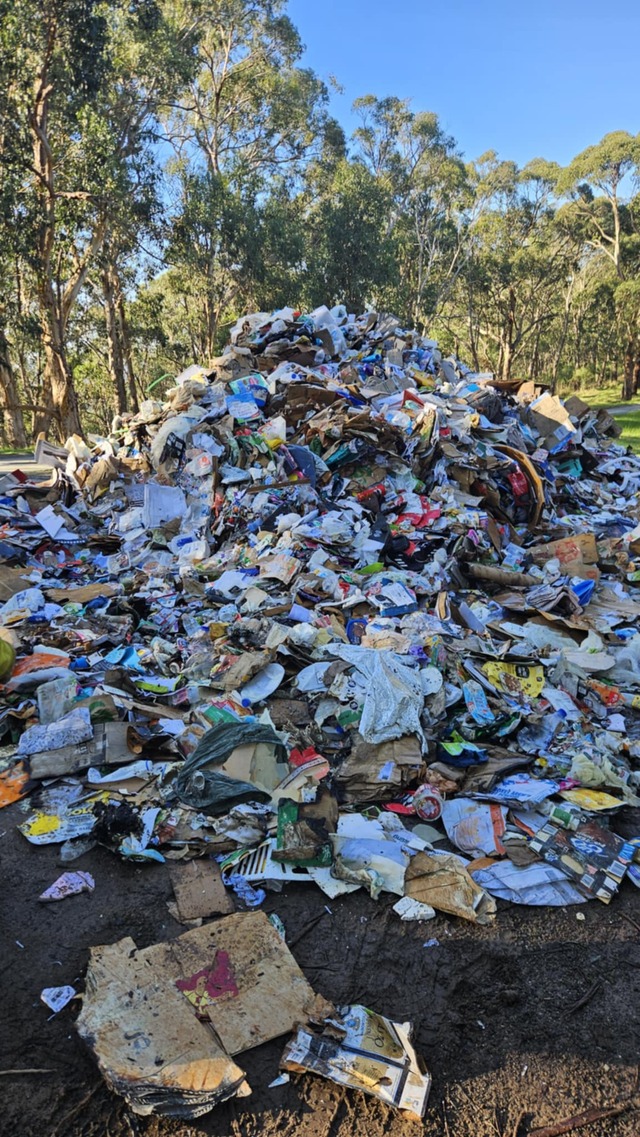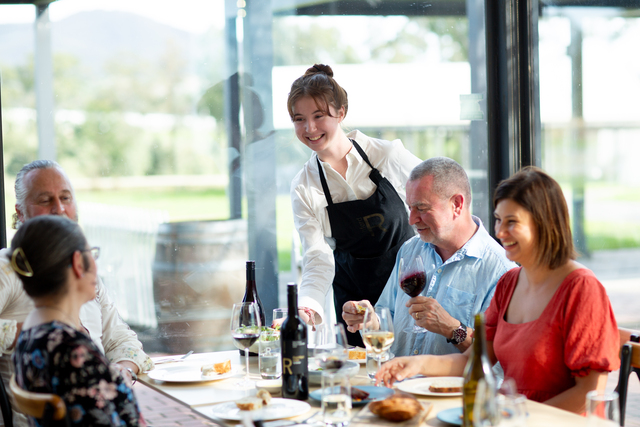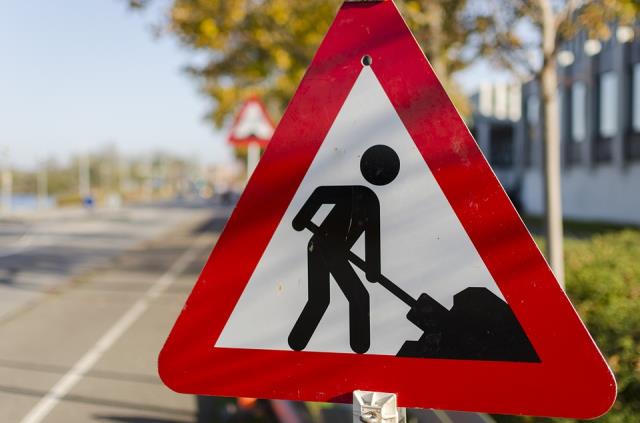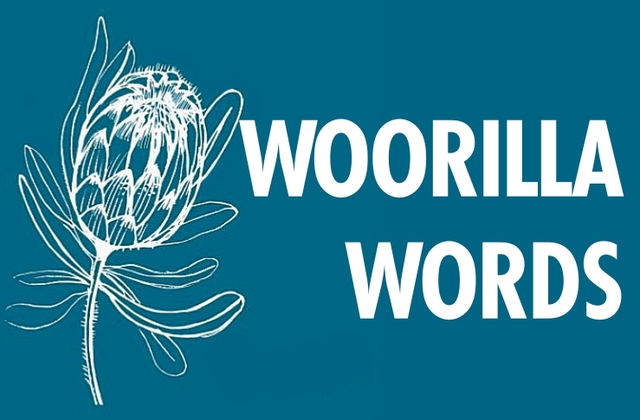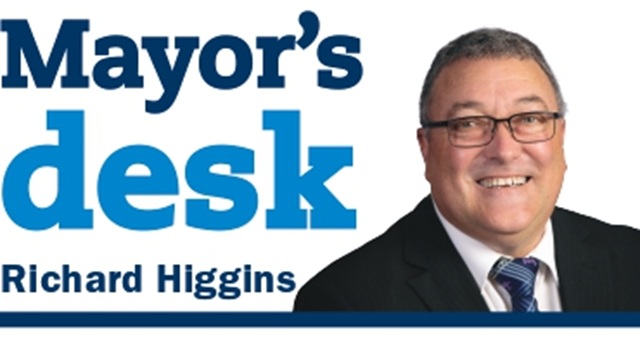In a holiday park in the frosty foothills of Victoria’s Mt Donna Buang, 71-year-old Merrlyn Lazarus reckons she lives like a queen.
“I’ve got the beauty of the valley, I’ve got the biggest front yard and backyard anyone could want, I’ve got a natural swimming pool and river,” she beams.
“Why would I want to be anywhere else?”
More than 85,000 people live in Australia’s caravan parks, which have been under increasing pressure due to insurance availability, soaring premiums and insurer demands to remove assets deemed risky.
Warburton Holiday Park owner and Victorian Caravan Parks Association president David Pratt’s premiums have increased a thousand per cent in five years despite never making a claim.
“We’ve got some parks whose turnover is about $250,000 and their insurance quoted premium was in excess of $50,000,” he says.
“When you look at that as a business, it’s pretty hard to justify operating.”
Mr Pratt says some insurers are demanding parks remove inflatable jumping pillows – in-ground inflatable jumping tarps often surrounded by sand or rubber – or offering excesses of around $1 million to keep the equipment.
“Yet, to the best of my knowledge, there has never been an insurance claim on a jumping pillow in a caravan park in Australia.”
The Insurance Council of Australia says insurance globally is in a “hard market”, with scarce capital, difficult-to-obtain reinsurance and low risk appetites impacting local premiums.
Industry profits for public and product liability products were down to $18m in the year to March 2023 from $133m the year before, according to APRA data.
The sector more broadly posted a net profit of $3.7b over the same year, almost tripling its $1.3b margin from the year before.
“Since 2019, the caravan park sector has been impacted by the hard insurance market and has resulted in some insurers reducing their capacity in this sector,” according to an ICA spokesman.
“Caravan parks in areas of high extreme weather risk … or which have installed guest facilities that may impact underwriting risk … are particularly affected by this as these facilities present more risk and have been a source of public liability claims.”
The council doesn’t have numbers on claims related to jumping pillow incidents but says it’s engaging with insurers, brokers and underwriting agencies to explore ways to address affordability and availability.
Insurance Australia Group says high risk factors limit the insurance available to caravan parks; it has advocated for disaster mitigation spending for more than a decade and welcomes government investments in the area.
Australia’s two other biggest insurers, QBE and Suncorp, defer to the ICA for comment.
Meanwhile, the Caravan Industry Association of Australia is collecting data to better inform insurers of incidents and risks, while working with the Insurance Council to guide park owners and operators on boosting safety to reduce premiums.
“This is the reality we’re now living in,” says its government relations general manager Luke Chippindale.
“Let’s let’s try to adapt as best we can.”
He says the federal government could help ease market pressures by expanding the reinsurance pool, the funding mechanism that helps insurers underwrite certain kinds of risks.
“I understand why the market has nerves,” he says. “They need to be settled and really, only government can do that.”
According to a spokeswoman, the Albanese government is committed to making affordable insurance more accessible and has implemented a cyclone reinsurance pool as legislated by the previous Morrison government.
“The cyclone reinsurance pool covers home, strata and small business property policies,” she says, noting positive momentum from insurers joining the pool.
Treasury is monitoring business insurance markets and getting advice on developments in access and affordability, she adds.
The Commonwealth is also offering grants of up to $100,000 for caravan parks to upgrade accommodation, improve accessibility and reduce environmental footprints.
Back in Warburton, Ms Lazarus, who has lived in the park for 15 of her 71 years, is confident she’ll be able to keep her little piece of paradise but is concerned for those less fortunate.
“If anything happened to caravan parks, a lot of people would be left with nothing,” she says.
“There are a lot of people who have worked all their life, who have done the right things … for that security and if it’s taken away from them … that’s so wrong.”
With some more certainty for insurance for the sector, Mr Pratt believes caravan park zoning regulations could be expanded beyond parks and retirement villages to ease Australia’s housing crisis.
“Every town probably has a little bit of railway land the government owns but they won’t sell or use … so why not let it be developed?” he says.
“Registered as a caravan park but there’s no caravan – these are two, three and four bedroom homes for families.”
Mr Pratt estimates the cost per dwelling would be a fraction of a regular residential build and could largely avoid residential planning and subdivision hurdles.
“We can make a dent in social housing without rewriting the law,” he says.


